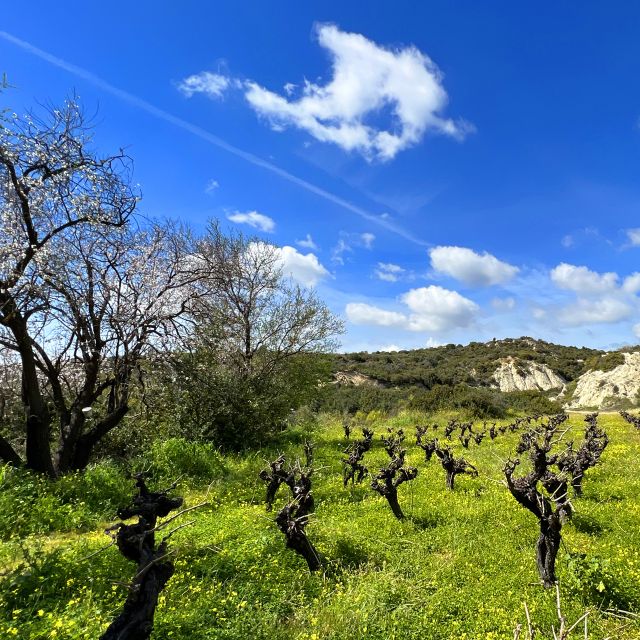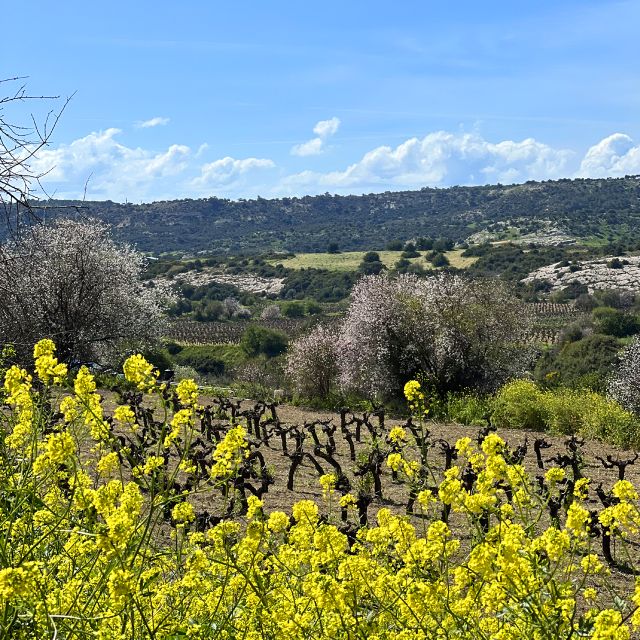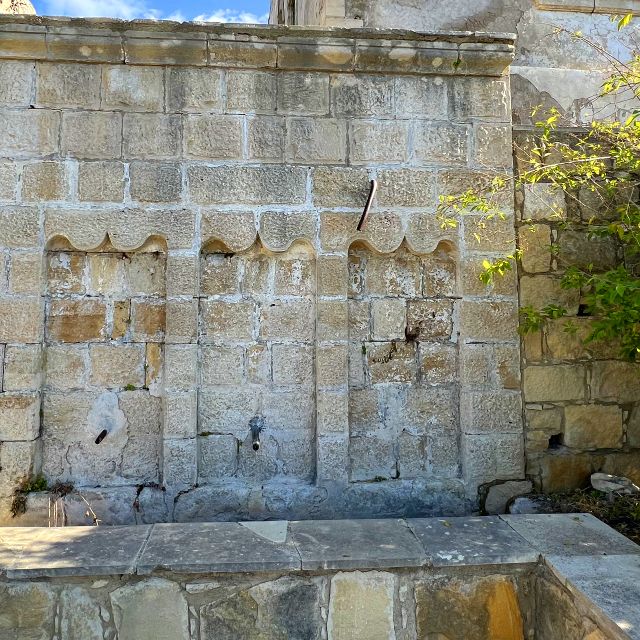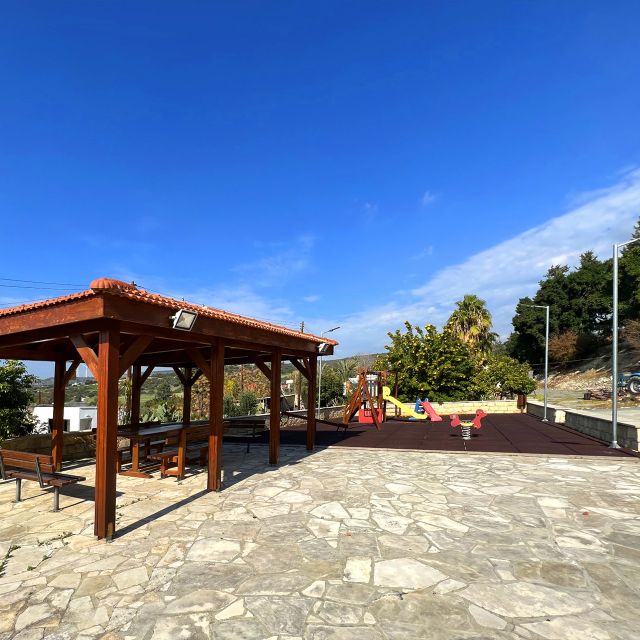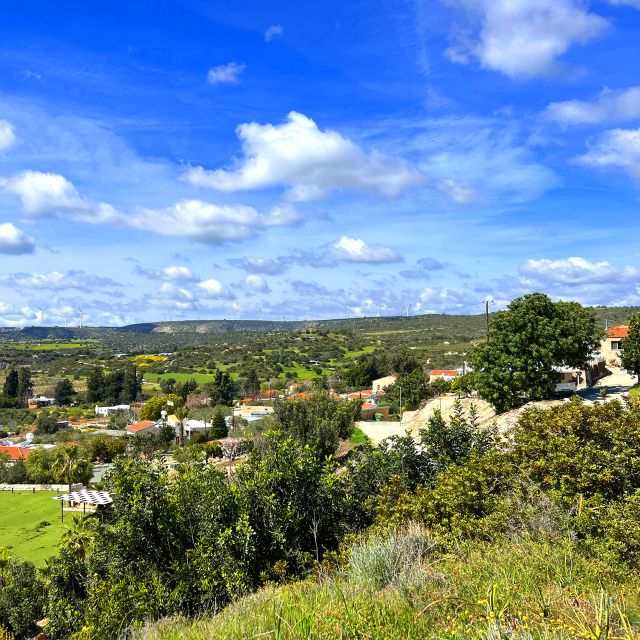Agios Kasianos Church (Ruin)
About Church
About three kilometres north-northeast of the village, in a place called Glyfia (“Glyfia” refers to a place with “slick” water), where the boundaries of Alektora meet the boundaries of Platanistia-Archimandrita, are the ruins of the church of Agios Kassianos, as well as the cave where he lived as an ascetic, on the north wall of the church. This Saint is mentioned by a 15th-century AD Cypriot historian. In his Chronicle, Leontios Macheiras writes, “Towards Alektora in a place called Glyfian is the cemetery of Agiou Kassianou and his body, and on September 16 they celebrate.” He is one of the 318 “Alamanous” saints of Cyprus, who migrated from Palestine to the island after its occupation by the Saracens (in the first half of the seventh century A.D.) and lived as ascetics in various locations until their deaths. Others assert that the “Alamanous” arrived on the island after the first crusade (at the end of the eleventh century) and that the overwhelming majority of them were Greek mercenaries of the crusaders. (According to Andros Pavlidis, the name Alamanoi is derived from the designation “alomenoi,” which means “wanderers,” referring to those who arrived in Cyprus from elsewhere and wandered around the island until they found a place to reside. The name derives from the ancient word “alomenoi= to wander, or from the verb “alomenoi” which means to depart or withdraw. The ruins in the above-mentioned area of the village attest to the existence of a monastery, which, like others, may have served as an observatory. Inside the sanctuary of the monastery, a small gate led to the cave – hermitage, which was enclosed by a cave enclosure. In this area, which is darkened by the many candles lit by the devout in the past in honour of the Saint, there is also a low, plaster-walled hollow to the left, as the ancient Christians constructed it. To this day, it is believed to have contained the saint’s remains. In his chronology, Leontios Macheiras notes that the Saint’s tomb and shrine existed in the 15th century. Fragments of frescoes can be seen to the left of the alcove of the holy step, indicating that this tiny church was frescoed. Agios Cassianos must have been a miracle worker, but in his temple there were likely (unfortunately lost) performances depicting his life and miracles. About 400 metres to the southeast of his hermitage is a well. This well was opened later, as reported by locals, whereas during the time of the Saint there was water on the surface and the stone-built conduit that led the supplied water closer to his hermitage on the southern slope of the hill is still intact. The faithful, who had come to venerate the Saint’s remains, would undoubtedly regard this water as sacred after he had slept. Also mentioned by Leontios Machairas is a second Saint with the same name who was an ascetic and was buried in the adjacent village of Avdimou. If you decide to visit this holy site, be aware that access with a low vehicle will be challenging. Prefer a tall vehicle with four-wheel drive, or leave your vehicle at the closest point and complete the route on foot while donning suitable footwear. You will be able to experience fresh air, vegetation that changes with the seasons, and a beautiful view of Archimandrita, Alektora, and Pisouri.

